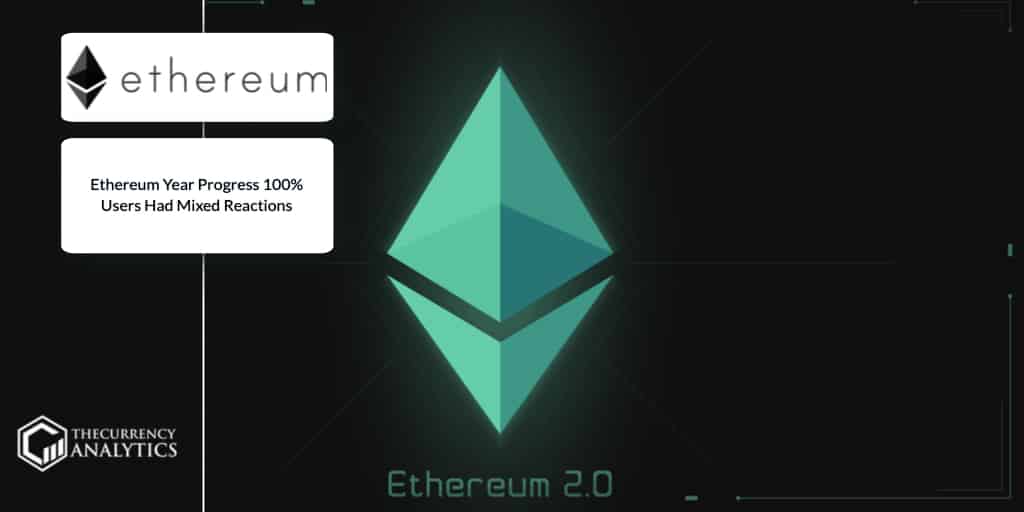
No denying that the technological improvements in Ethereum are getting better. The community anticipates a wild ride. It just looks like the volatility will remain high and that the ETH has lot of room to grow. It is important to know that Ethereum is well known to work as a contract than its role as a token. There are problems of speed and scalability.
Vitalik.eth retweeted: Year Progress 100%. And, the users had mixed reactions.
However, since ETH has unlimited supply there will not be a point in time where they will run out of tokens to pay miners. Ethereum is not a safe haven asset and this means when the trends are good, the price rises and when the trend is bad the price goes down.
The price of Ethereum has been wild; however, with technological upgrades and improvements in the scope of what they can deliver it just looks like they are gaining their footing.
Ethereum 2.0 is unfolding and it is important to know what it is all about. This is an advanced version of the already existing Ethereum blockchain. The focus is to improve on speed, scalability and efficiency. There are several technical issues which they are working to fix in Ethereum 2.0 which is also known as ETH2 or Serenity upgrade.
Some fundamental changes are made and they are Sharding and PoS respectively.
For clarity, Sharding is a technological process where one blockchain is split into multiple blockchains and these split blockchains each are known as shards. So, the validator will not have to handle it all along. Every shard has a validator and the work is split between all. And each validator will maintain information about their shard. The validators are shuffled between shards to prevent any kind of manipulation. The coordination and communication between the shards is facilitated by Beacon Chain.
For clarity on POS, In a proof of stake consensus mechanism, there are validators as opposed to miners. The validators propose new blocks, provide computing power, storage, and the bandwidth to validate transactions. For doing these tasks, the validators are provided with periodic payouts in ETH.
Validators should make a deposit contract of 32 ETH and it is locked in by these validators. This works just like a security deposit. If validators involve in malpractice the funds will get forfeited. Thus malpractice by validators is kept under check.
Ethereum 2.0 when complete is expected to be better in terms of scalability. We need to see how things unfold.

Get the latest Crypto & Blockchain News in your inbox.